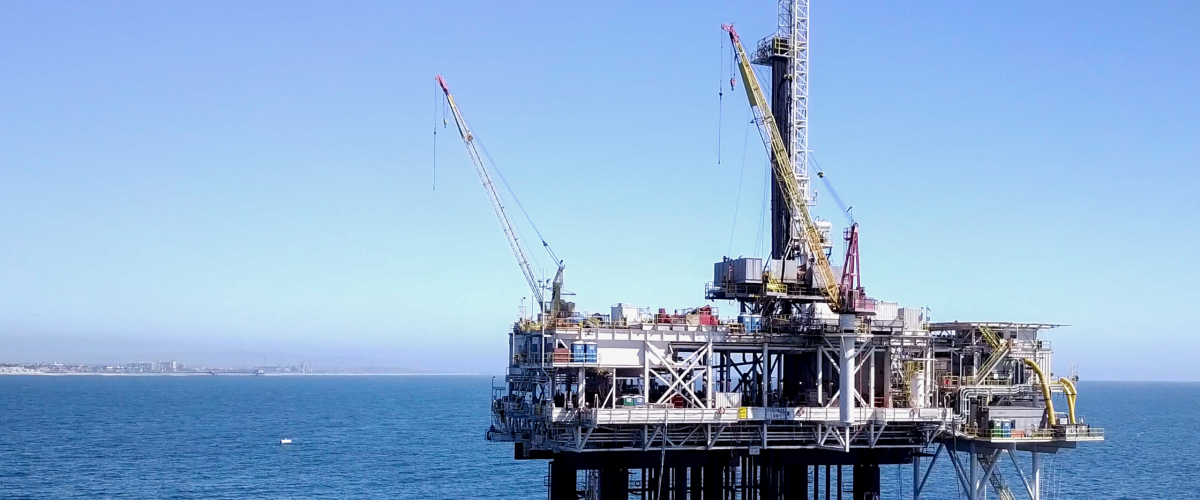The shale revolution, which began in the United States in the early 21st century, is a key aspect of the development of unconventional resources.
The term “Unconventional Oil and Gas Resources” refers to hydrocarbons extracted from reservoirs that differ significantly from traditional oil and gas reservoirs.
Here’s an overview:
1. Shale Revolution:
– The shale revolution refers to the technological advancements that enabled the economic extraction of oil and gas from shale formations, primarily through hydraulic fracturing (fracking) and horizontal drilling.
– Shale formations, such as the Marcellus, Bakken, and Eagle Ford in the United States, became economically viable sources of oil and gas production.
2. Hydraulic Fracturing (Fracking):
– Fracking involves injecting a high-pressure fluid mixture into the shale rock to create fractures, allowing the release of hydrocarbons.
– The process involves water, sand, and chemicals to break open the rock and release trapped oil and gas.
3. Horizontal Drilling:
– Horizontal drilling involves drilling vertically to a certain depth and then turning horizontally within the target rock layer.
– This method allows for greater access to the resource-bearing rock, increasing extraction efficiency.
4. Advantages:
– The shale revolution has significantly increased global energy reserves, making previously uneconomical resources commercially viable.
– It has reduced dependence on traditional oil and gas sources and has had geopolitical implications by changing global energy dynamics.
5. Challenges and Concerns:
– Environmental concerns include potential water contamination, induced seismicity, and the release of methane during extraction.
– The extraction process requires large volumes of water, raising concerns about water availability in certain regions.
6. Global Impact:
– The success of the shale revolution in the U.S. has led to increased exploration and production of unconventional resources in other parts of the world, including China, Argentina, and Europe.
7. Other Unconventional Resources:
– Besides shale, other unconventional resources include tight oil (found in low-permeability reservoirs), oil sands (bitumen extraction), and coalbed methane.
8. Technological Advances:
– Ongoing technological advances continue to improve extraction techniques, making unconventional resources more accessible and economically viable.
9. Economic Implications:
– The shale revolution has had significant economic implications, leading to job creation, increased energy independence, and a shift in global energy markets.
10. Environmental Regulations:
– Governments and regulatory bodies have implemented environmental regulations to address concerns associated with unconventional resource extraction.
The development of unconventional oil and gas resources, particularly through the shale revolution, has transformed the global energy landscape, with wide-ranging economic, geopolitical, and environmental implications.
Ongoing research and technological innovations continue to shape the future of unconventional resource exploration and production.
Read more on Sparkview Energy:
A peek at the Horizon of the Oil and Gas industry in the Year 2024
Challenges and Opportunities in Arctic Oil Exploration
Digital Transformation in the Oil and Gas Industry: Leveraging AI and IoT

